
The Dalmatian Coast: Jewel of the Adriatic
HSE begins its journey to Croatia via flights through London to experience many of the beautiful landmarks and locations we have only previously experienced on the stamps of Eastern Europe. Alan, Andrew and Diane arrive at Logan airport on a rainy Saturday evening . Andrew is heading to London for a few days of sightseeing while Diane and Alan are heading directly to Split, Croatia. All three plan to gather for dinner on Tuesday evening in Split.Highlights in London include Westminster Abbey, New Scotland Yard, and an iconic telephone booth.




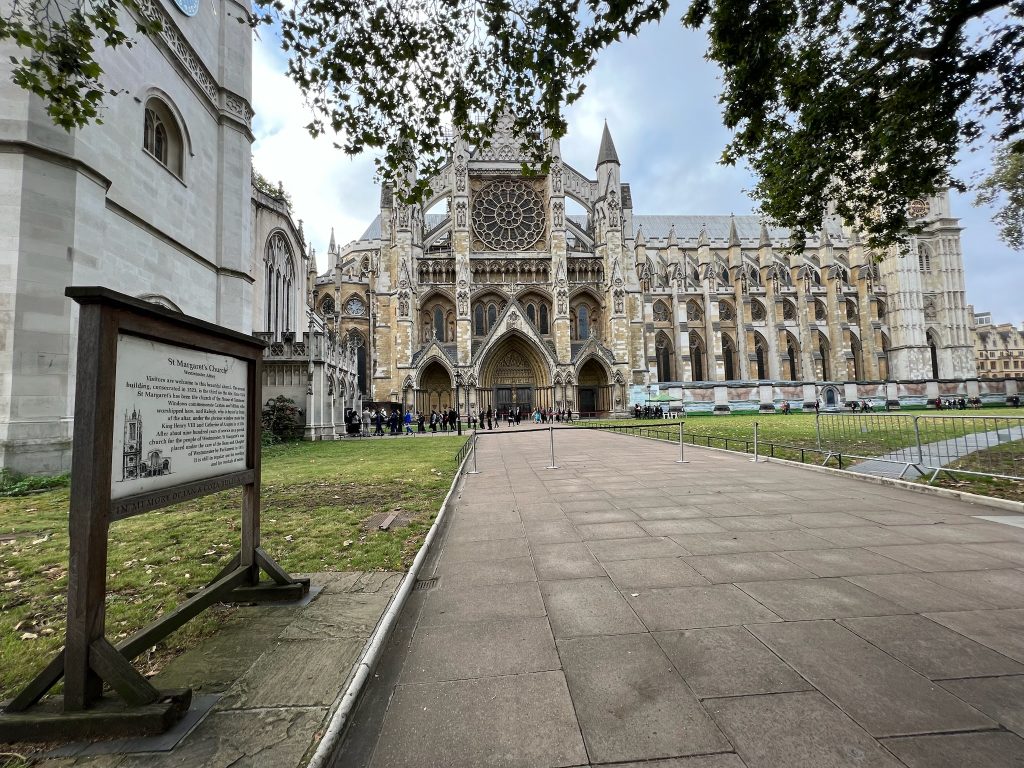

Highlights from London


Arriving In Split
Alan and Diane arrive in Split and find their accommodations to be a charming apartment a short distance from the harbor. While the architecture has maintained the historical significance of the city, the harbor is a vibrant working harbor with ferries to many of the islands, and cruise ships coming and going. After walking down the stone cut streets to the harbor, we find that we are also in walking distance of Old Town.



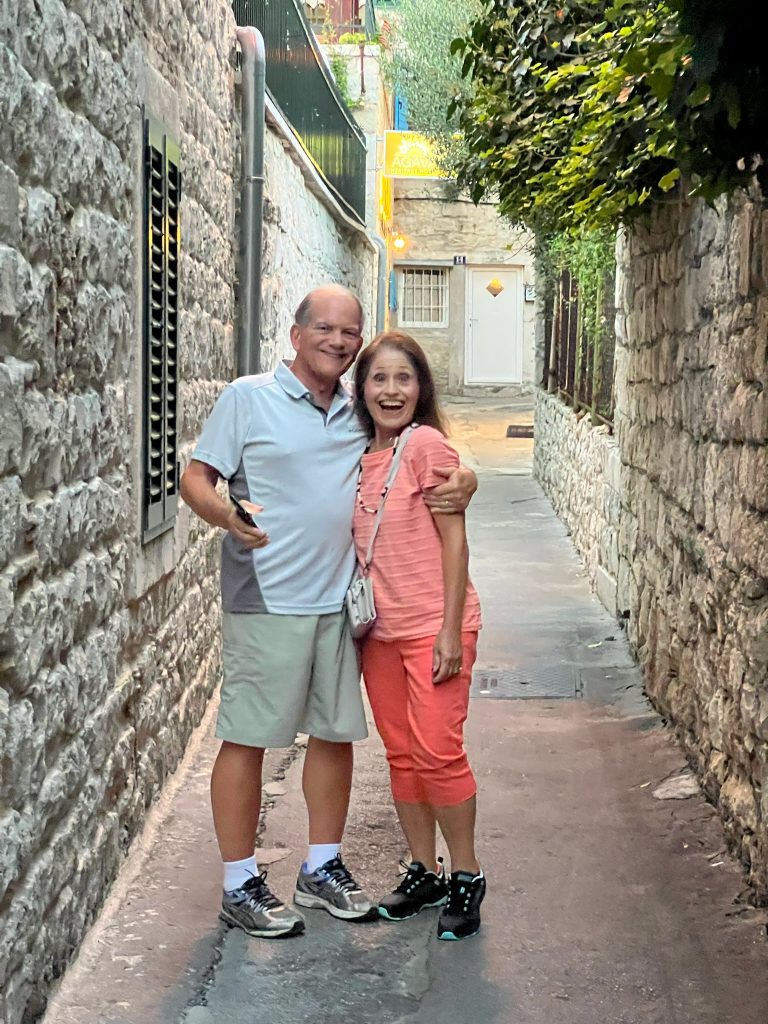


Split is located on the Dalmatian coast on the eastern shore of the Adriatic, and is one of the four historic regions of Croatia. The name for Dalmatia comes from the Illyrian tribe which inhabited the region prior to the arrival of the Greeks and Romans.
Split Old Town is a historical and cultural center in Croatia, a UNESCO World Heritage site that has been a working city since classical antiquity.




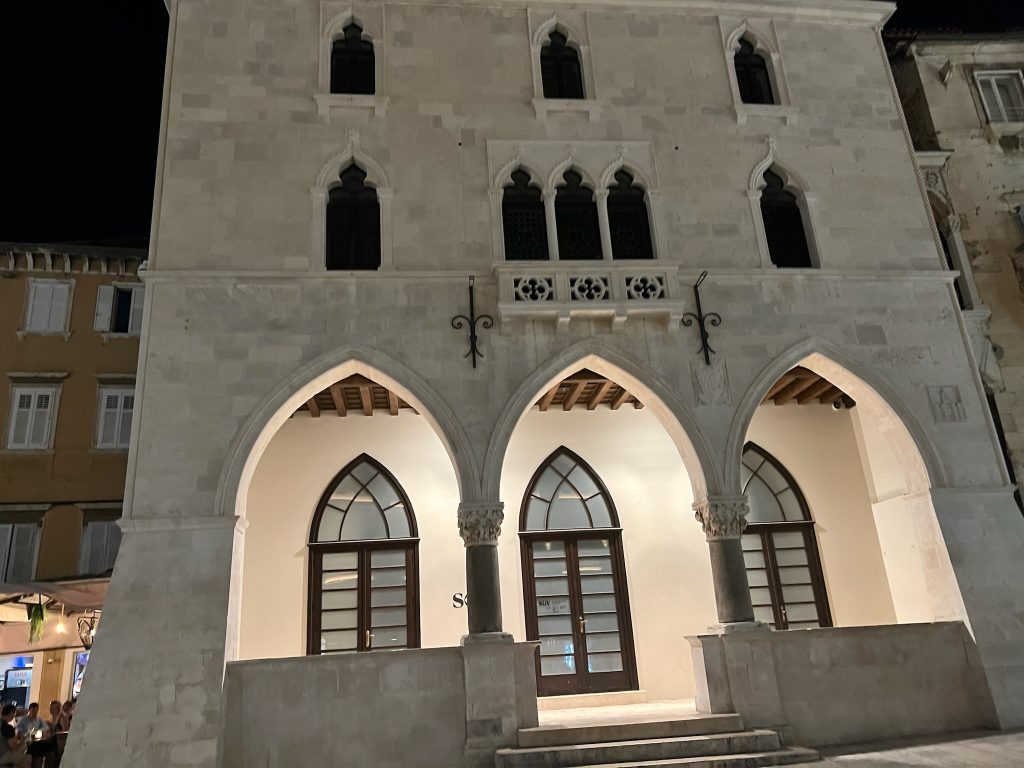
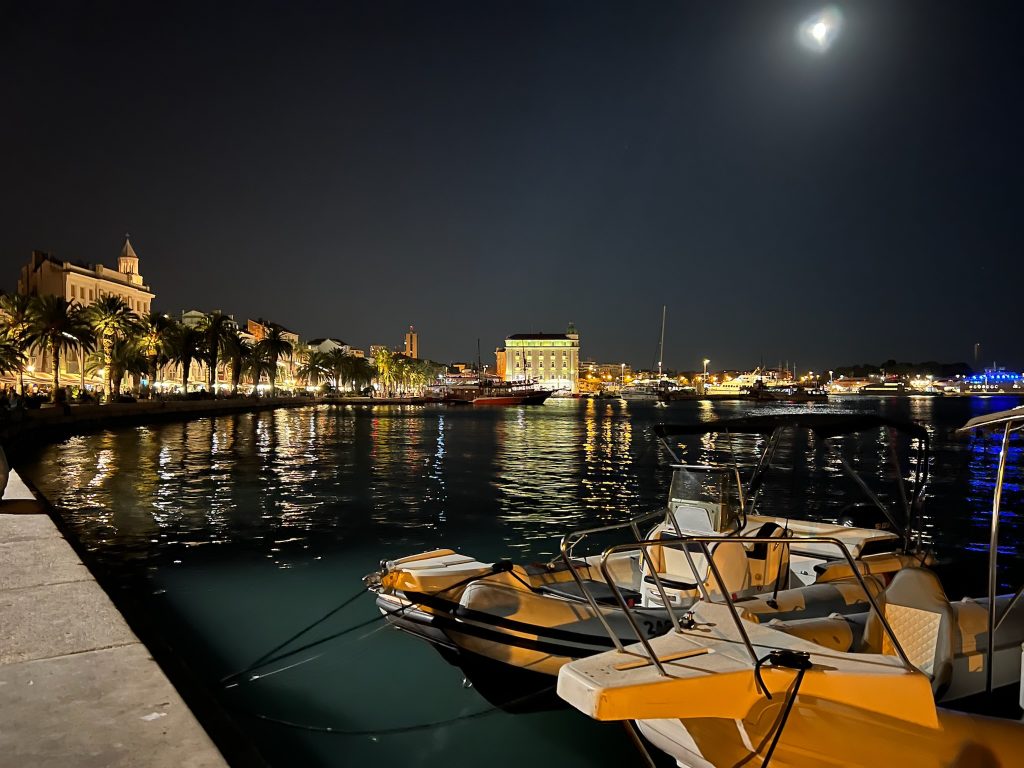
Stamp Issuances of the Old Town of Split


Historical Complex of Split with the Palace of Diocletian
The ruins of Diocletian’s Palace, built between the late 3rd and the early 4th centuries A.D., are found in Old Town Split. Diocletian was a Roman Emperor, born in Salonae (Solin) Croatia and ruled at the end of the 3rd century.
The cathedral located in the center of Old Town was built in the Middle Ages, reusing materials from the ancient mausoleum. Twelfth- and thirteenth-century Romanesque churches, medieval fortifications, fifteenth-century Gothic palaces and other palaces in Renaissance and Baroque style make up the rest of the protected area of Diocletian’s Palace, and is designated as a UNESCO World Heritage site.

Croatian and Roman culture began to merge around the 6th century after the arrival of the Croats.
During medieval and renaissance times, Croatia came under the rule of the Kingdom of Venice. It may not be well known that Marco Polo was Croatian, born in Korcula in 1254, which was part of the kingdom of Venice.
For over 100 years , 1815 to 1918, Croatia again became part of another country, this time as a province of the Austrian Empire, being known as the kingdom of Dalmatia. Is it little wonder that Croatia would have a Joint issue stamp with Austria of Hapsburg ruler Maria Teresa!

After World War l and the defeat of the Austro-Hungarian Empire, Croatia was split between the Kingdom of Serbs, Croats and Slovenes and the Kingdom of Italy. After World War ll, Croatia became part of Yugoslavia, providing mutual protection of the Slavic people from the Soviet Regime.

Croatia – Postage Due Stamps of Yugoslavia
On June 25, 1991, Slovenia and Croatia declared their secession from the Yugoslav federation.


Today Croatia is a proud independent nation and a member of the European Union, celebrating its 10th anniversary on admittance to the EU.
Croatia extends its warm welcome to visitors with stamp issuances on Tourism.


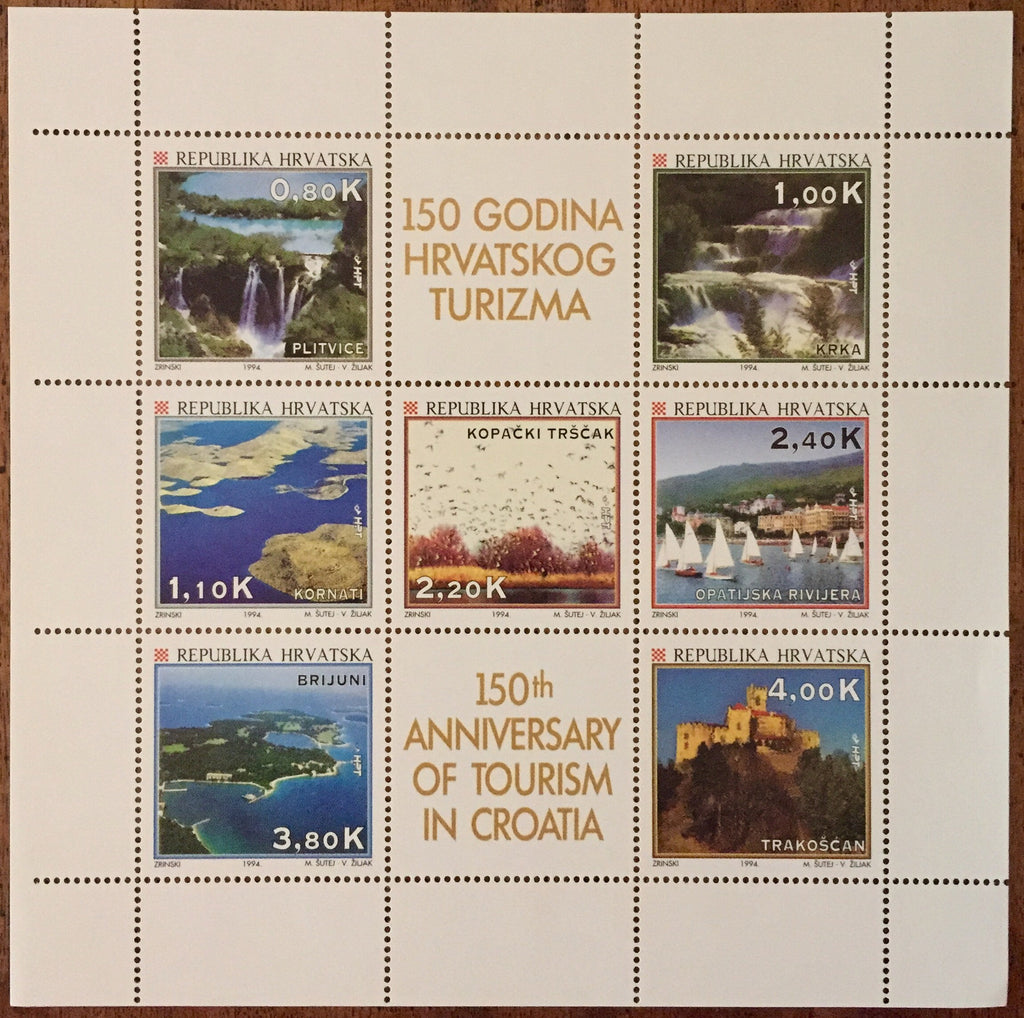

Croatia Tourism Stamp Issuances
Zadar
Alan, Diane, and Andrew depart Split and start the drive to Pitvice Lakes , but decide to make a stop in beautiful Zadar, also located on the Adriatic coast.
Zadar is known for the Roman and Venetian ruins of its peninsular Old Town, with several Venetian gates in the city walls. Surrounding the Roman-era Forum is 11th-century St. Mary’s Convent and the round, 9th-century pre-Romanesque Church of St. Donatus.


Zadar’s city walls, called ‘Muraj’, were included in the UNESCO World Heritage listing lin 2017. Built in the 12th and 13th centuries they were revamped in the 16th century to defend against the Ottomans.



Sea Organ
Zadar is a proud owner of a unique blend of architecture and music, including the world-famous Sea Organ. The sounds that the Sea Organ produces are a result of the release of sea energy, or waves and tides.
The Sea Organ stretches out over about seventy metres of the Zadar waterfront, below which, at the level of the lowest low tide, 35 pipes of various lengths, diameters and slopes have been installed. When the sea organ plays its soulful melody it is truly a magical sound.
Gastronomy
The Dalmatian coast presents a plethora of gastronomical experiences, ranging from simple ingredients of the sea to the fields, all painstakingly prepared. We share with you some of our delicious experiences in photos , however the taste we will have to leave to your imagination. Rest assured that all were delicious!
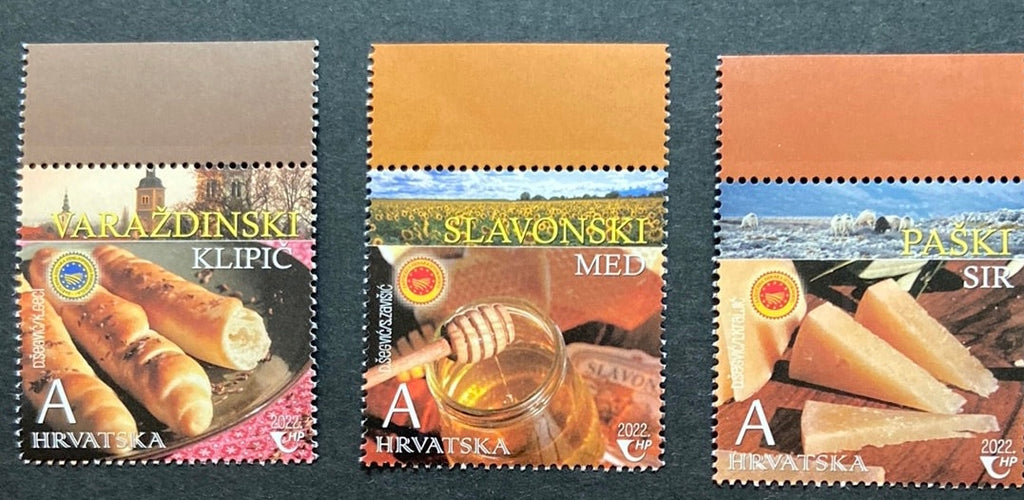


Orada (Gilt-head sea bream).






Mediterranean Festivals 2023 PUMed

Traveling on to Plitvice Lakes
Alan, Diane and Andrew head to Plitvice Lakes after a scrumptious lunch in Zadar. We take the scenic road which includes an exhilarating drive through the rugged Dinara mountains.



Before arriving in Plitvice, we stopped at one of the many roadside stands selling local honey and cheese.

Early the next morning we head to Plitvice Lakes National Park, the oldest and largest national park in Croatia.
Plitvice Lakes National Park
The park is situated in the mountainous region of Croatia, between the Mala Kapela mountain range in the west and northwest, and the Lička Plješivica mountain range to the southeast. With its exceptional beauty, it was proclaimed Croatia s first national park in 1949 and a UNESCO world heritage listing in 1979.
The lake system is comprised of 16 named and several smaller unnamed lakes, cascading one into the next. The twelve lakes forming the Upper Lakes are: Prošćansko jezero, Ciginovac, Okrugljak, Batinovac, Veliko jezero, Malo jezero, Vir, Galovac, Milino jezero, Gradinsko jezero, Burgeti and Kozjak. These lakes were formed on impermeable dolomite rock, and are larger, with more indented and gentler shores than the Lower Lakes.






The Lower Lakes, consisting of the lakes Milanovac, Gavanovac, Kaluđerovac and Novakovića Brod, were formed in permeable limestone substrate, cut into a deep canyon with steep cliffs. The lakes end in the impressive waterfalls Sastavci, with the Korana River springing under the base of the falls.


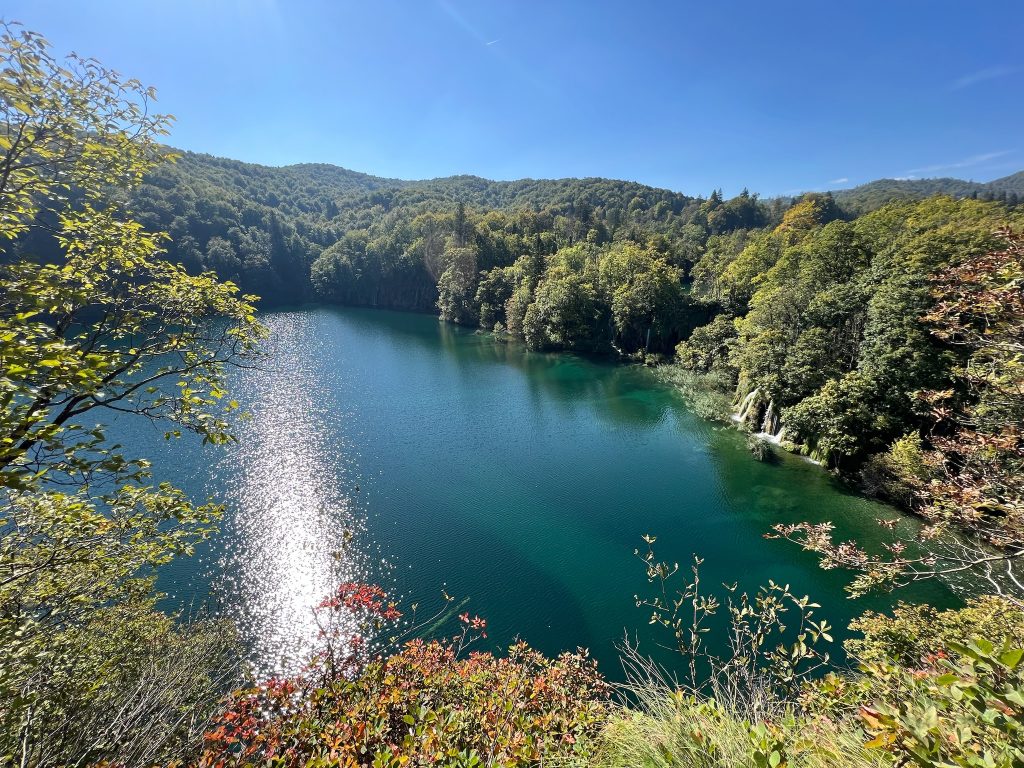


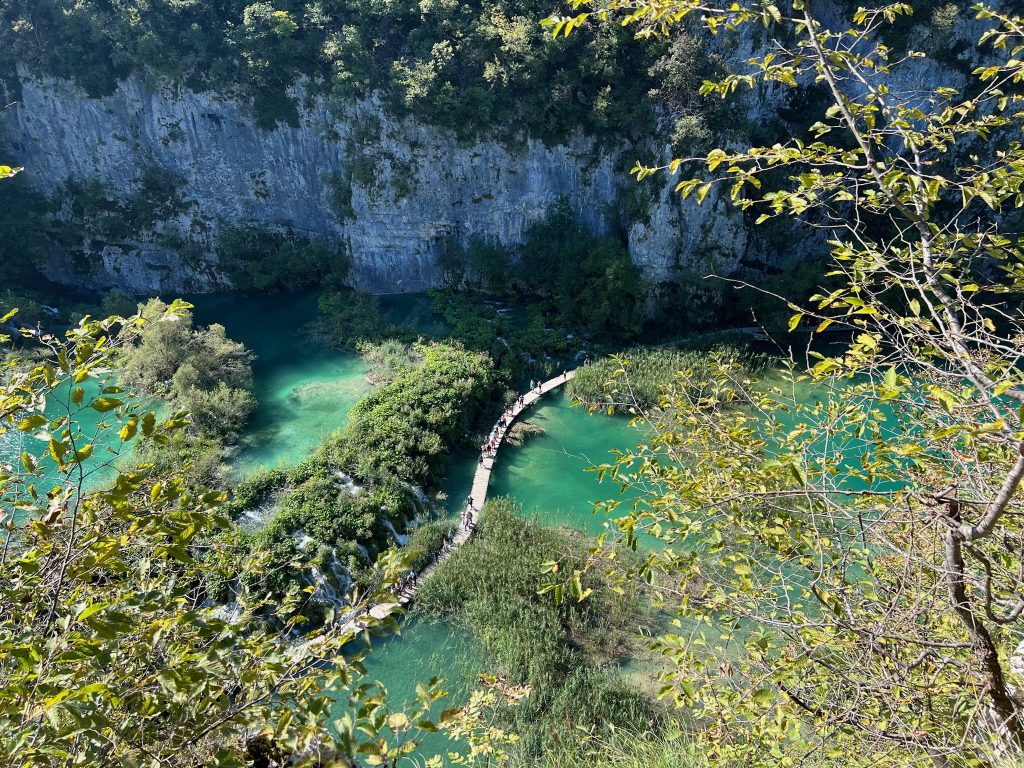
We spend an amazing day at the National Park, hiking 8 k through some of the most fantastic scenery we have ever experienced. HSE is proud to share with you the stamp issuances from Croatia of Plitvice.

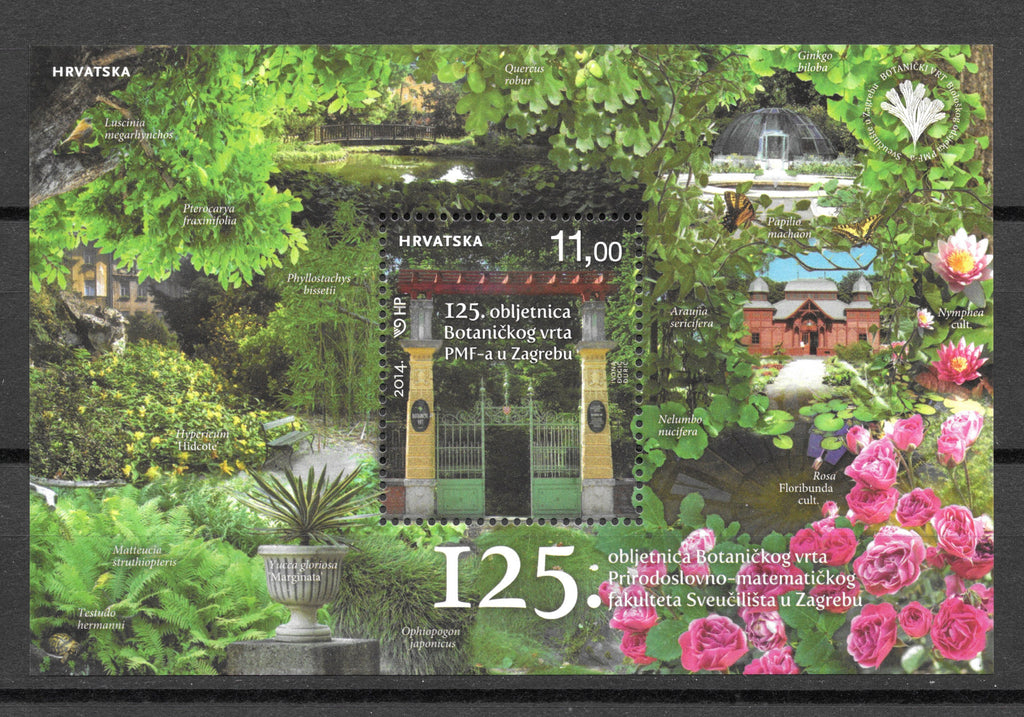

After a good nights rest we travel to Zagreb to meet our philatelic colleague Ivana for coffee.
We end our day driving to Hungary, first stopping at lake Balaton for dinner, then completing the drive to Budapest that evening .

We close our newsletter about our journey to Croatia and hope you will enjoy many of the beautiful Croatia stamp offerings in our HSE online store.
Diane & Alan & Andrew
Hungaria Stamp Exchange


